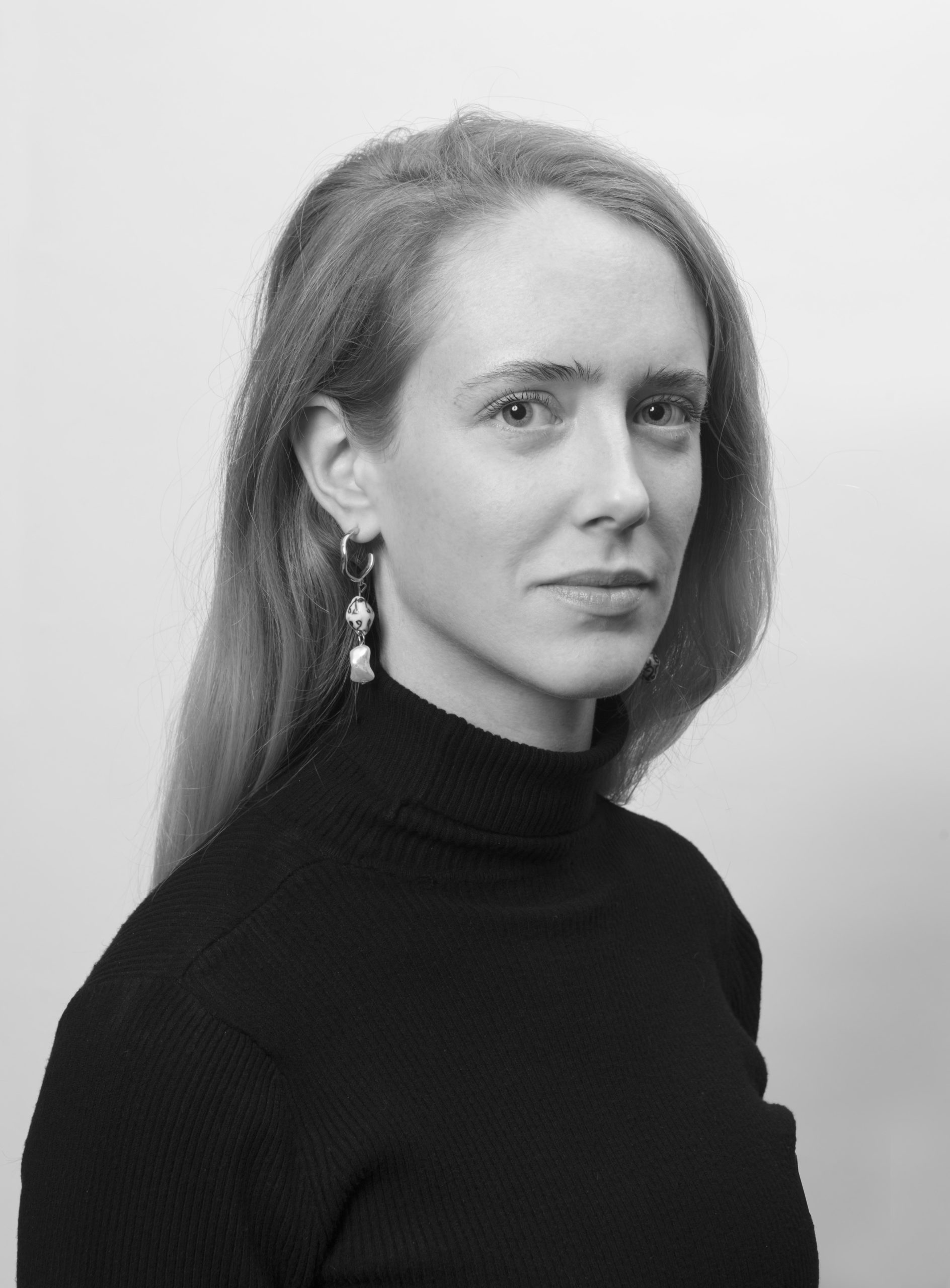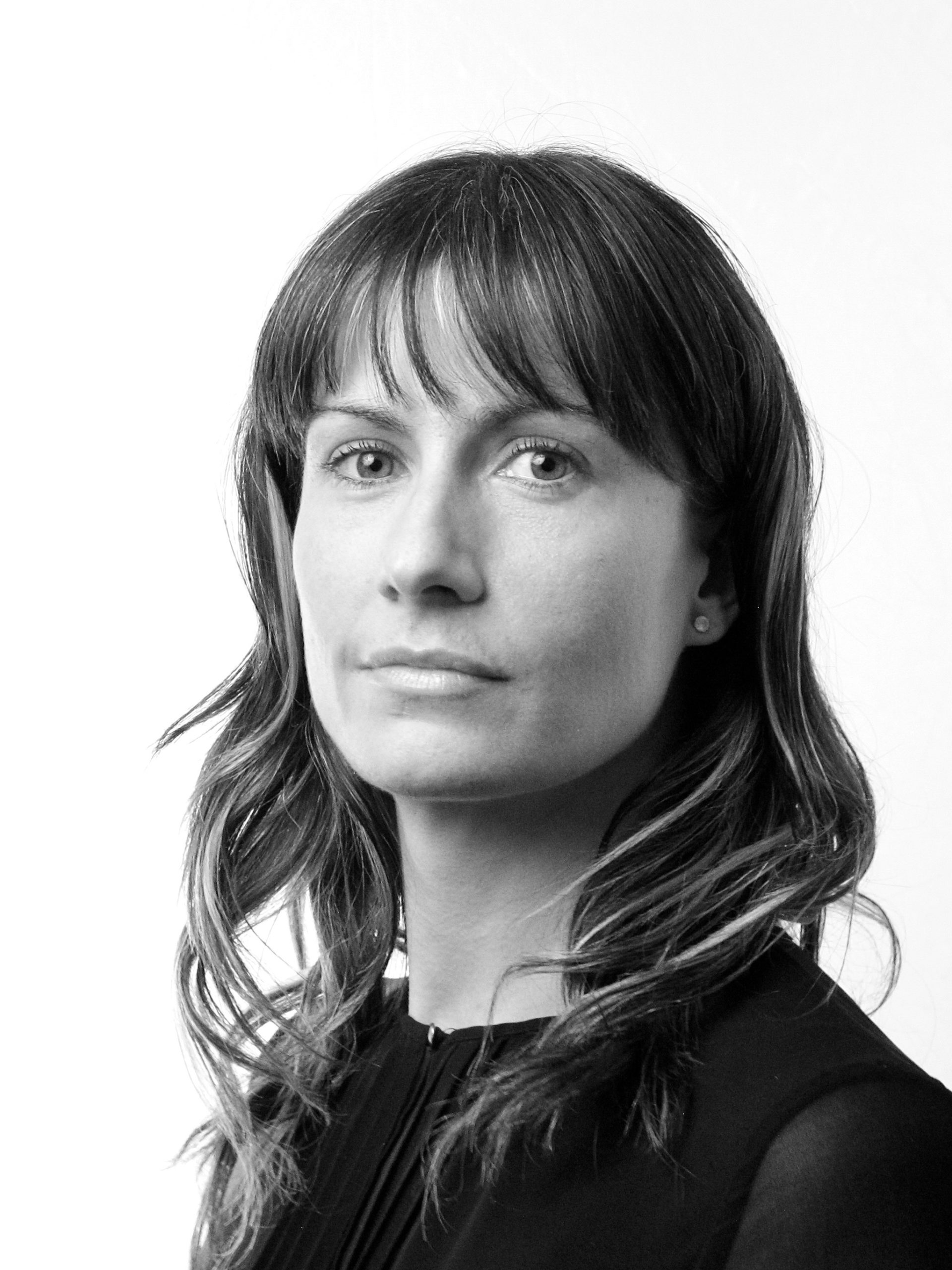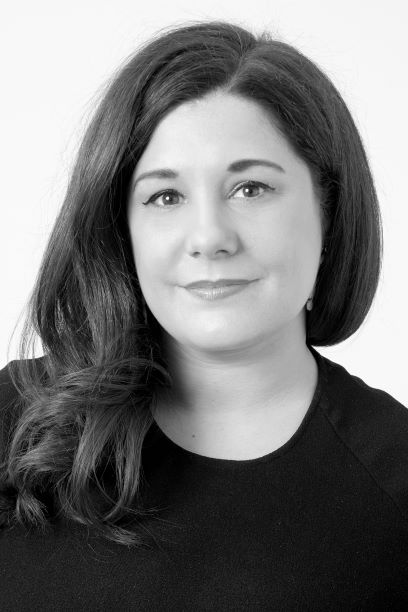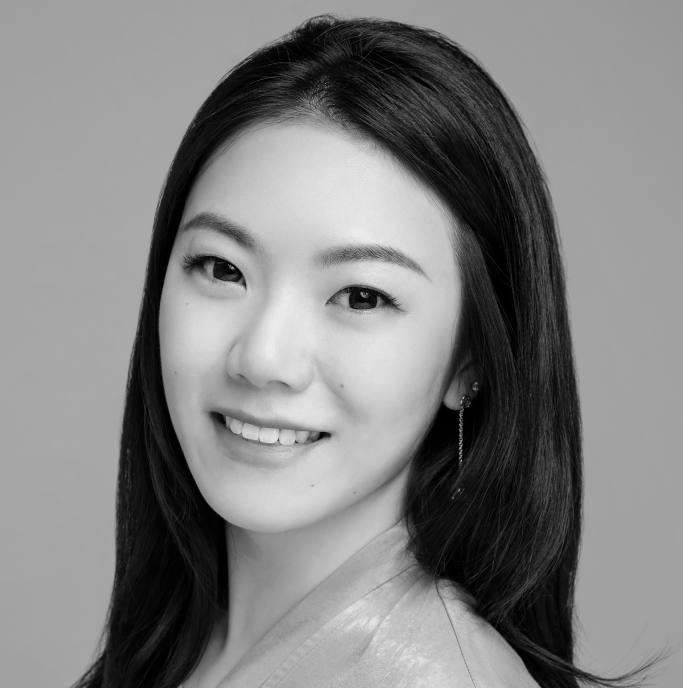This week the Getty Villa in Malibu completed a major overhaul of its Greek, Roman and Etruscan antiquities. With an additional 3,000sq. ft of exhibition space, the new show has given the opportunity for many works to come out of storage. Previously presented in thematical groups, the displays are now chronological and span 6000BC to AD600. Director Timothy Potts is determined to present the works in context and not ‘in a bubble’ limited to Greek and Roman art, and a new gallery at the villa will focus on showing works from other ancient cultures with links to Greece and Rome. The first exhibition, Palmyra: Loss and Remembrance runs until 27 May 2019.
The intriguing works of Joan Miró (1893 – 1983) continue to fascinate, and the exhibition Joan Miró: Sculptures 1928-1982 (on until 2 September 2018) at the Centro Botín in Santander, Spain, focuses on the original creative process of the artist, particularly in reference to his sculptures. His works combine many everyday objects which he turned into profoundly poetic artworks, and in regard to this process he said, ‘it is as if I were attracted by a magnetic force to an object without thinking about it; then I turn to another object that becomes linked to the first one, causing a poetic crash. Before, I am struck by a physical, plastic Cupid’s arrow. It is then that poetry really moves me. Otherwise, it would not be effective…’
And if you haven’t yet visited the Louvre Abu Dhabi, don’t miss Globes: Visions of the World (on until 2 June 2018) which brings together more than two millennia of globes, maps, art and scientific instruments, giving fascinating insight into how we understand and explore the world. Different branches of science are examined through objects that reflect the impact explorers had on our understanding of the world.. Highlights include the earliest-known celestial globes from the Islamic world and one of the earliest known Arab astrolabes.




















































